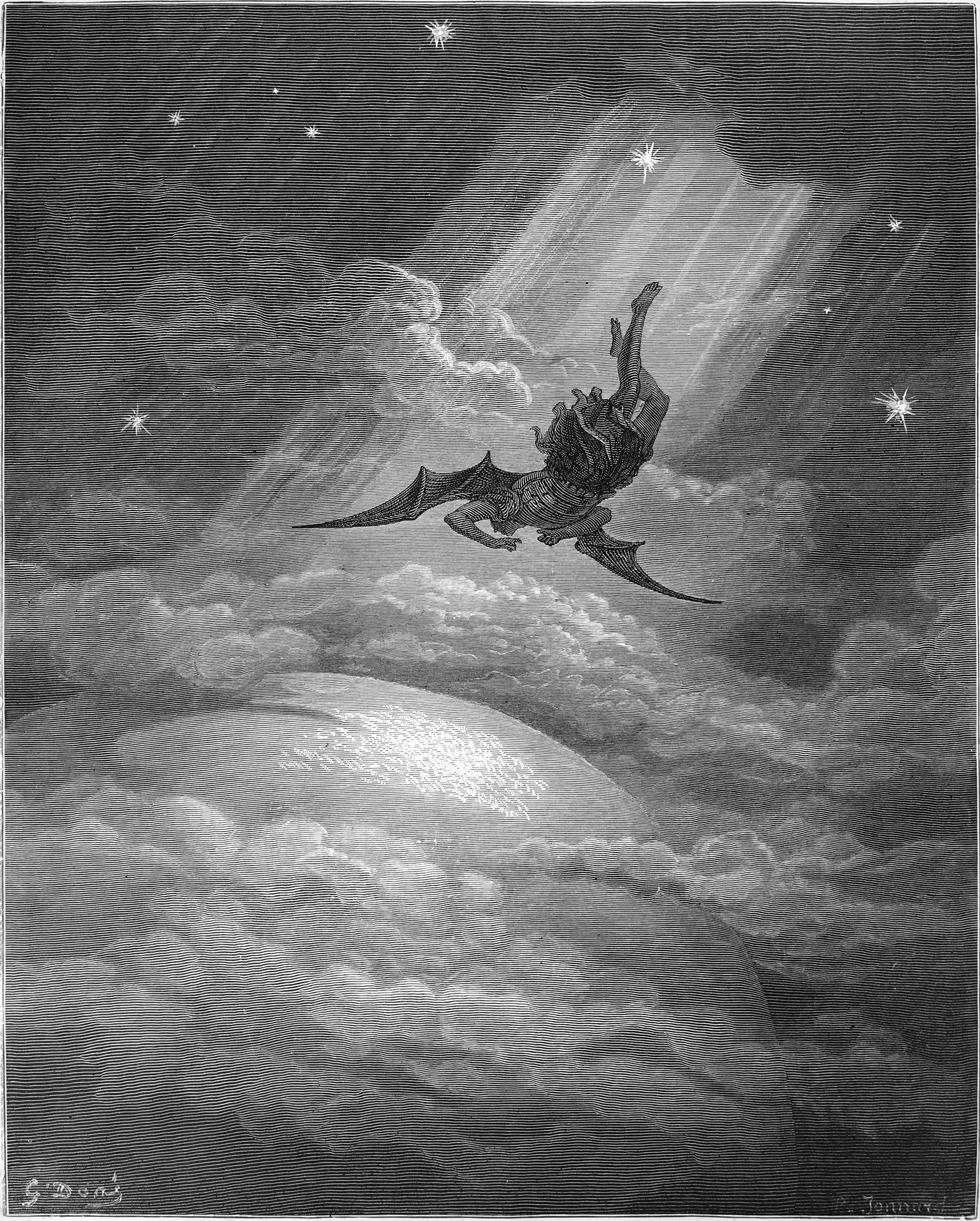Ge'ez (classical Ethiopic) is one of those languages that many students of early Jewish and Christian literature know is important, and would like to be able to work with to some extent, but which remains a bit inaccessible. Formal classes in Ge'ez are rarely offered. While there are good grammars in English, German, and Italian, they don't always offer the easiest entryway into Ge'ez for the autodidact or for the classroom.
One project I have been working on is writing an introductory Ge'ez grammar which is meant to be a stepping-stone into the language and is specifically designed with students of early Jewish and Christian literature in mind. The intended audience includes those focusing on the so-called Pseudepigrapha, as well as those working on the textual criticism and textual history of "biblical" literature. It will naturally also be useful for those who are interested in learning Ge'ez in order to interact with other important Ethiopic texts. After working through the grammar readers will have a good, basic understanding of the language, and be equipped to start engaging relevant texts, tools, and resources. Those who want to go deeper with the language could then continue on to more extensive resources, like Lambdin, Dillmann, or Tropper.
A few of the features of the grammar:
- Paradigms and examples presented both in the Ethiopic script and in transliteration.
- Footnotes indicating where more extensive discussions can be found in works like Lambdin, Dillmann, Tropper, and Weninger.
- Extensive exercises with helps, notes, and commentary so that from the beginning one is working through texts.
- Vocabulary, exercises, and examples drawn primarily from Jubilees, 1 Enoch, 4 Ezra, and "biblical" texts like Daniel, Ezekiel, Matthew, and Acts.
- Info boxes that point out common features (especially orthographic variation) that one will encounter in manuscripts.
- Tips and "tricks" for recognizing forms.
If there are features that you personally would find helpful in a grammar like this, please let me know!
"Who is St. Urho? What is the Free Church free from? What happens at the Seventh-Day-Adventists' place on the eighth day? And what about the Finnish revivals?"






